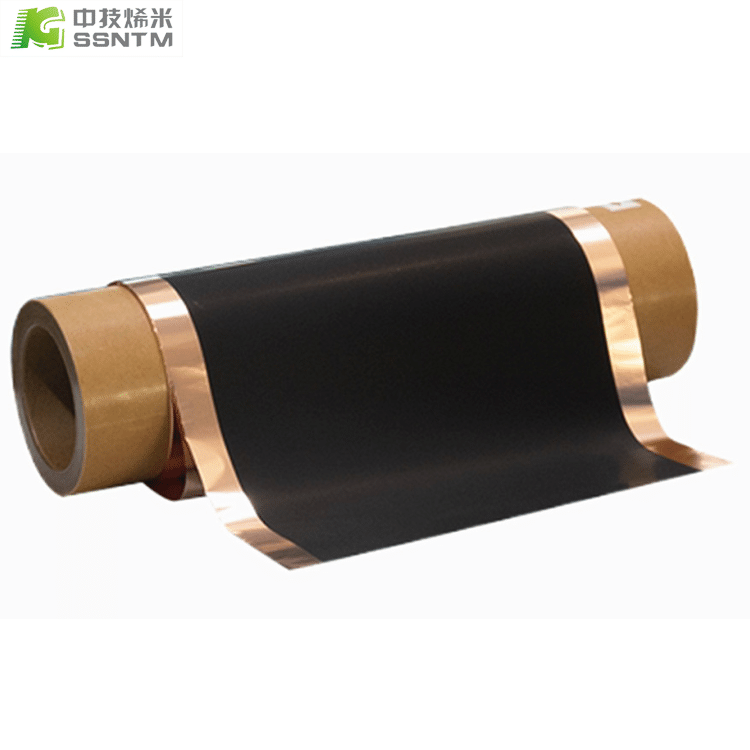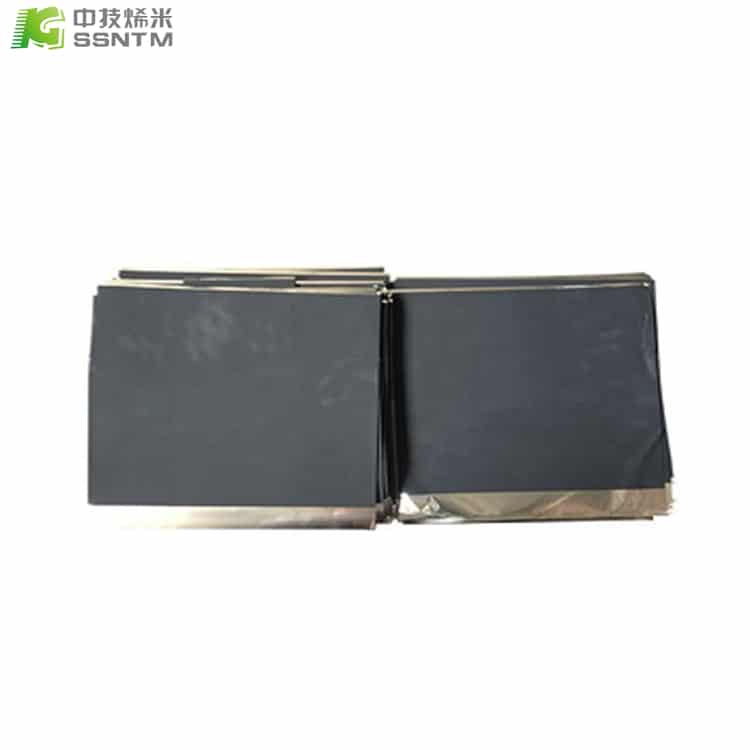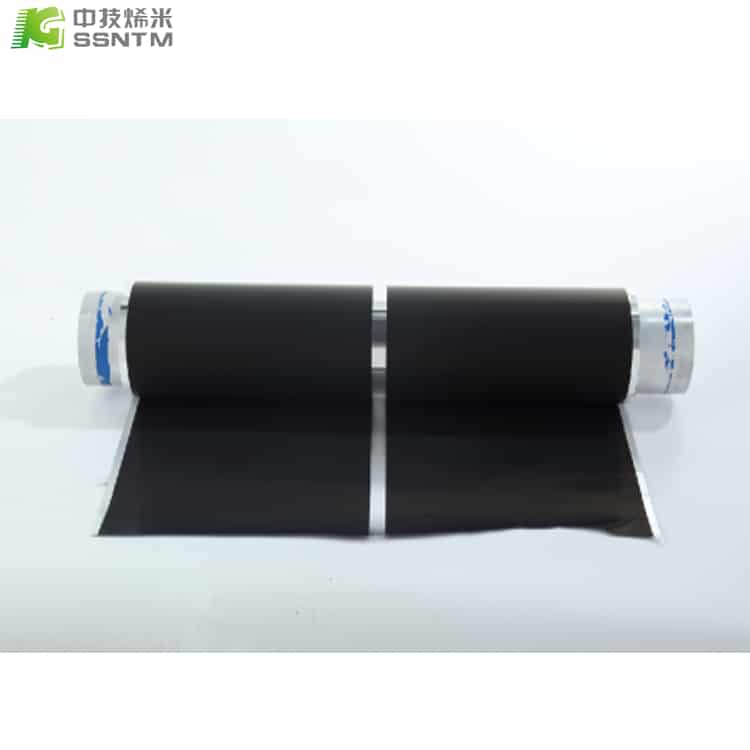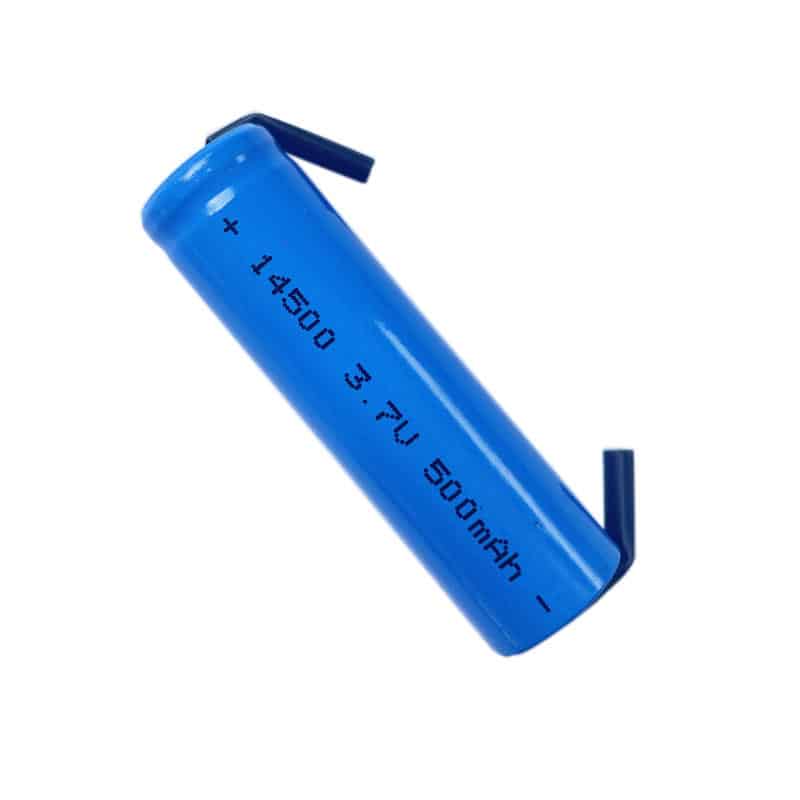Non negative electrode Li2S batteries are a promising battery system that can increase bulk energy density. However, severe capacity degradation was observed at high current density, which severely limits its practical application.
Here, Byoungwoo Kang, Jin Kon Ki, Puhang University of Science and Technology, South Korea, and Minkyung Kim, Kwangwoon University, South Korea, studied the effect of collector fluid on the lithium metal coating/stripping in the negative free Li2S battery. Due to the nucleation and growth of lithium metal occurring on the surface of the collector, its surface characteristics play a crucial role in the electrochemical performance of negative electrode free batteries.
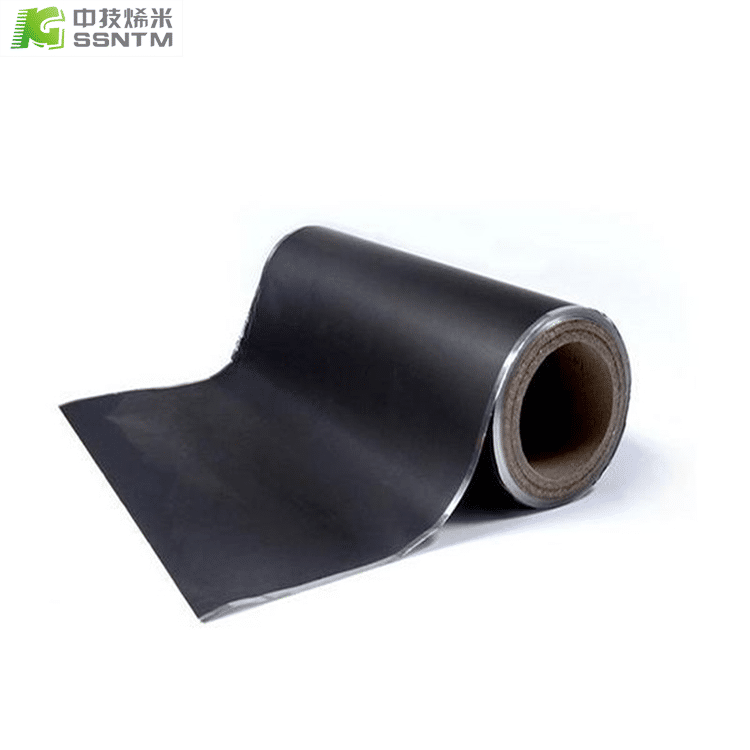
The research shows that the natural oxide on the Cu collector reacts with Polysulfide to form a Li2SO4 layer, which has a negative impact on the electrochemical performance of the negative electrode free Li2S battery. This will increase the nucleation potential of lithium, and consume dissolved Polysulfide. Porous lithium metal structures are easily formed in the initial stage of lithium metal deposition.
In addition, the surface roughness of Cu significantly affects the dissolution of Li metal, especially for Cu electrodes with natural oxides, which significantly affects the cycling stability of negative electrode free Li2S batteries.
Therefore, a negative electrode free Li2S battery without natural oxides and a smooth surface Cu collector achieved significantly improved rate performance and excellent capacity retention at a rate of 10 C (11.66 A g-1). In addition, this current collector can enable high load (4.5 mg cm-2) negative electrode free Li2S batteries to operate at a rate of 1 C (≈ 5 After 5 cycles of normal operation at 27 mA cm-2, the capacity was 484 mAh g-1 and showed improved dynamics. After 50 cycles at C/3, the capacity retention rate was 73.2%.
This study indicates that removing natural oxides from the Cu collector is an effective strategy for achieving high electrochemical performance under actual current density and high Li2S loading, which will provide new opportunities for the practical application of high load negative electrode free Li2S batteries.

